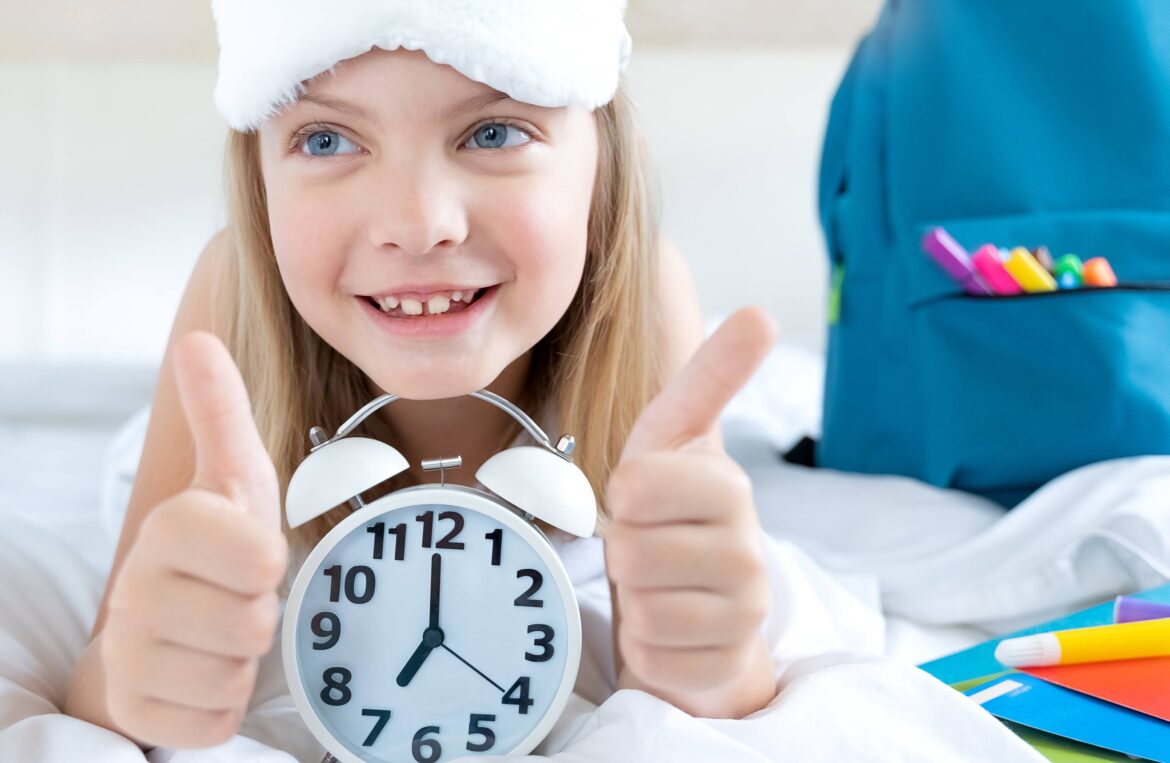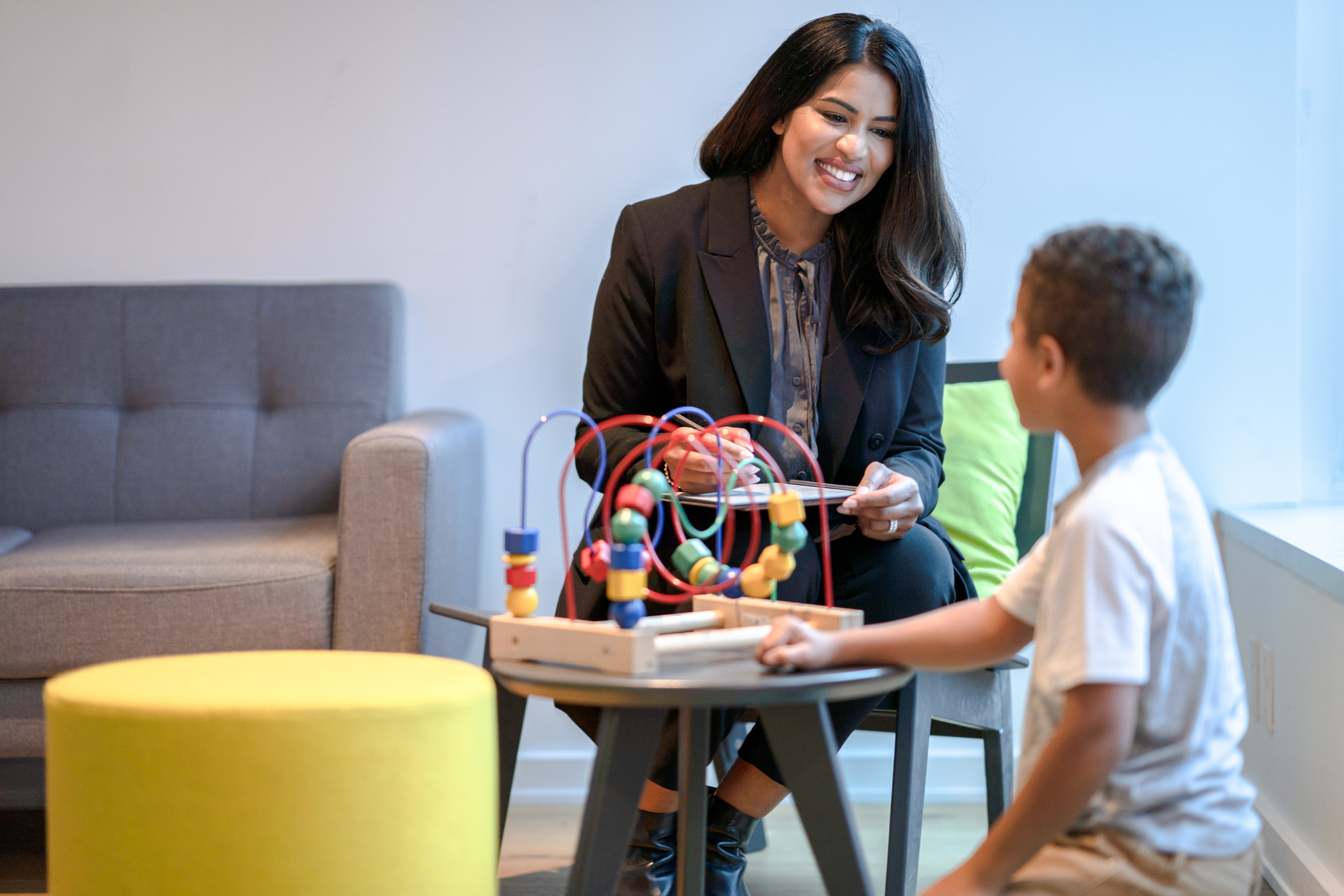This November, Americans will be heading to the polls to cast their votes on many important decisions and leaders for our country. As we all know, many issues can be complicated and divisive, so I thought it would be timely to explore something we tend to agree on during the fall back time change: did you know that approximately 80% of Americans support getting rid of seasonal time changes? This statistic may not be surprising when we think of the melancholy of getting off work after dark in the fall, or of reaching for that extra cup of coffee after losing an hour of sleep in the spring. I know we may think of kids as having more energy and resilience in the face of such schedule disruptions, but today I want to take more of a deep dive into how time changes may be affecting youth.
How Do Time Changes Affect Youth Sleep?
To understand how time changes affect mental health, we first need to understand how they affect sleep. Every day we all run through a sleep/wake cycle determined by our circadian rhythm. The circadian rhythm is a variety of biological processes that happen to us on a 24-hour, reoccurring clock. Sleep is one of them. The sleep cycle is strongly driven by changes in light throughout the day. Exposure to bright, natural, morning light induces wakefulness; exposure to darkness induces sleepiness. Thus, during daylight saving time, when it is light out later, we both tend to fall asleep later and not get as much exposure to morning light. Bottom line: we all lose quality sleep in the spring, kids included. Although the “extra” sleep we get from daylight saving time ending in the fall seems like a welcome perk, messing around with the time at all, unfortunately, still means messing around with the delicacy of the sleep cycle.
How Do Time Changes Affect Youth Mental Health?
So, what is the mental health outcome of all these sleep disturbances? At a basic level, time changes can lead to mild sleep deprivation, loss of quality in sleep, and/or disrupted routines. Psychologically, this can result in sleep disorders, lower cognitive performance, mood disturbances, and increased suicidality. Teens may be most susceptible to the negative effects of time changes due to packed schedules, biologically being prone to being night owls, and already tending to have ongoing sleep deficits. Additionally, youth who already struggle with sleep due to pre-existing mental health conditions (e.g., bipolar disorder, depression, anxiety, autism, and ADHD, are all known to be associated with sleep anomalies) may find these symptoms exacerbated during time changes.
Which Season Is Better for Youth?
Overall, standard time (typically, November to March) is the time configuration recommended by experts. This is the darker-earlier scenario. As someone who loves those 9:00PM summer sunsets in Florida, I was bummed to hear that. However, according to the American Academy of Sleep Medicine, “Standard time is best aligned with human circadian biology […] your body clock, the timing of sunrise and sunset, and local clock time are more in sync than during daylight saving time.” Thus, people get better quality and quantity of sleep and are more awake in the daytime during standard time. Though not always apparent in youth, the accumulated good sleep health of a person over a lifetime can lead to overall decreased risk for obesity, diabetes, cardiovascular events, and vehicle accidents.
How to Help Youth Adjust to Time Changes
Despite the downsides, time changes are currently the way of the world. As such, how can we help our kids and teens cope with the seasonal schedule adjustments? Here are some ideas:
- Take gradual steps to adjust bedtime. Instead of the abrupt shift of adding or subtracting a full hour from the sleep schedule, try breaking it up into bite-sized pieces. For instance, if a kid usually goes to bed at 9:00PM, a couple days before the end of daylight saving, they might try a bedtime of 9:15PM one night, 9:30PM the next, etc.—also sleeping in 15 extra minutes each day in the morning. At the end of this, they should be able to jump into that added hour on the clock more smoothly.
- Take control of your lighting. To the extent you can, manipulate those external lighting cues for sleep/wakefulness in the home. After the fall time change, this may mean blackout curtains in the mornings and maintaining some form of light exposure in the evenings. In the spring, the opposite would be true: you’d want to get your child exposure to morning light to help with wakeup and use those blackout curtains in the evenings to start the bedtime wind-down.
- Keep a solid bedtime routine in the house year-round. Maintaining a predictable sleep schedule and routine will help keep things manageable when it’s time to change the clocks. For instance, it’s important for youth to have set sleep and wakeup times (on both weekdays and weekends), to limit afternoon/evening caffeine, to minimize screen time at night, and to have rituals or cues for sleep (e.g., calming music or reading alone or together).
- Keep your sense of humor. We all survive the time changes twice a year, every year. Grown-ups, teens, and kids alike may be slightly grumpier and out-of-it during the adjustment periods. If we can all have a little grace with each other during those couple weeks, the world will keep turning, and we’ll all get through it together!
Further Resources
American Academy of Sleep Medicine – Daylight Saving Time
Sleep Foundation – Daylight Saving Time: Everything You Need to Know
—
About the Author
Taylor Thompson, Ph.D., serves as a distance learning developer and literature coder on the Services and Products Development team at PracticeWise. Learn more about Dr. Thompson on the PracticeWise team page.







